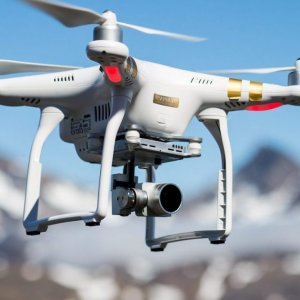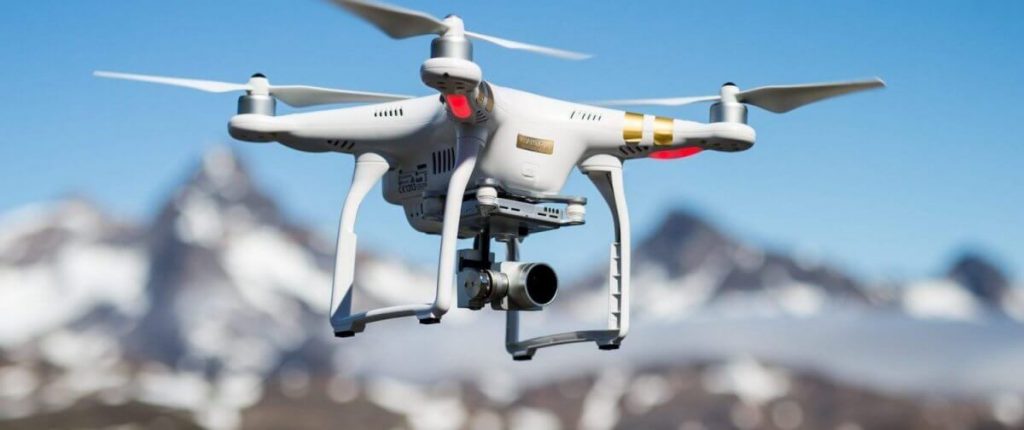4 Reasons Why Drone Owners Should Consider This Investment

As you have probably witnessed, drones have become increasingly popular and much more present over the past few years. You may even own a drone yourself, either for personal, leisure or professional reasons.
Drones are a great tool for aerial recording and surveillance, agricultural or geological surveying, film-making, architectural assistance, and even just for sport. No matter your reason for owning a drone, it is important to make sure that it is properly protected before you fly. Drones are expensive and highly fragile, meaning that you must plan for any sort of accident just in case. While drone insurance is not mandatory in Australia at the moment, it is highly recommended as a way to protect you, your assets, and the surrounding community.
Luckily, there is now aviation insurance available for this exact situation. Remote Pilot Aircraft Systems, otherwise known as RPAS, are eligible for aviation insurance provided that these drones are flown in accordance with Australia’s CASA (Civil Aviation Safety Authority) regulations.
While drones are not required to be licensed or certified with CASA (unless you fall within certain characteristics), there are certain legislative conditions that drone owners must follow when flying their machines. Some examples of such are never flying over populous areas, keeping drones a certain distance away from other people and making sure they never fly above a certain height.
That being said, even if you have all the proper preventative measures in place, accidents can still occur. If you have a drone of any size or quality, you should consider investing in remote pilot insurance. There are many ways that this sort of insurance may benefit you.
What Does Drone Insurance Protect Me From?
- Loss or Damage to Equipment: This method of protection, commonly referred to as hull, is the main incidence that drone aviation insurance protects against. If any part of your drone (including the aircraft, ground equipment or cameras) goes missing or is broken, insurance can help cover the costs of repair or replace the items in question.
- Third-Party Liability: If any people or pieces of property are harmed as a result of your drone, insurance can protect you from legal liability and cover the medical or reparation costs for the people or products at risk.
- Accusation of Privacy Breach: Because drones fly overhead in public airways and collect data/video recordings as they fly, the operators are at risk of privacy-related convictions. Insurance can help protect you from privacy liability if someone is to take legal action against you and your drone.
- Loss of Data: Many types of drone aviation insurance are now also covering any electronic data records that become lost or damaged during or after flight. This is applicable to data and media collected while both in the air and on the ground.
What Do I Need to Get Drone Insurance?
All in all, applying for aviation insurance for your remote aircraft is pretty straightforward. All you need to do is provide the physical attributes of your drone, its purpose of use, where you plan to fly it, what your flying or operating experience is, any prior history of accidents, and what your anticipated risks are. From there, you will be informed of what your insurance options are.
I’m Not Sure Which Insurance Option is Right– How Do I Decide?
If you need help determining which type of aviation insurance best meets your needs as a remote drone operator, a professional insurance broker Melbourne like one of the team members at McKenzie Ross can help assess your situation, narrow down your options, and lay out the best and most budget-conscious option for you.
To learn more about what sort of aviation insurance options are available, contact McKenzie Ross today!


